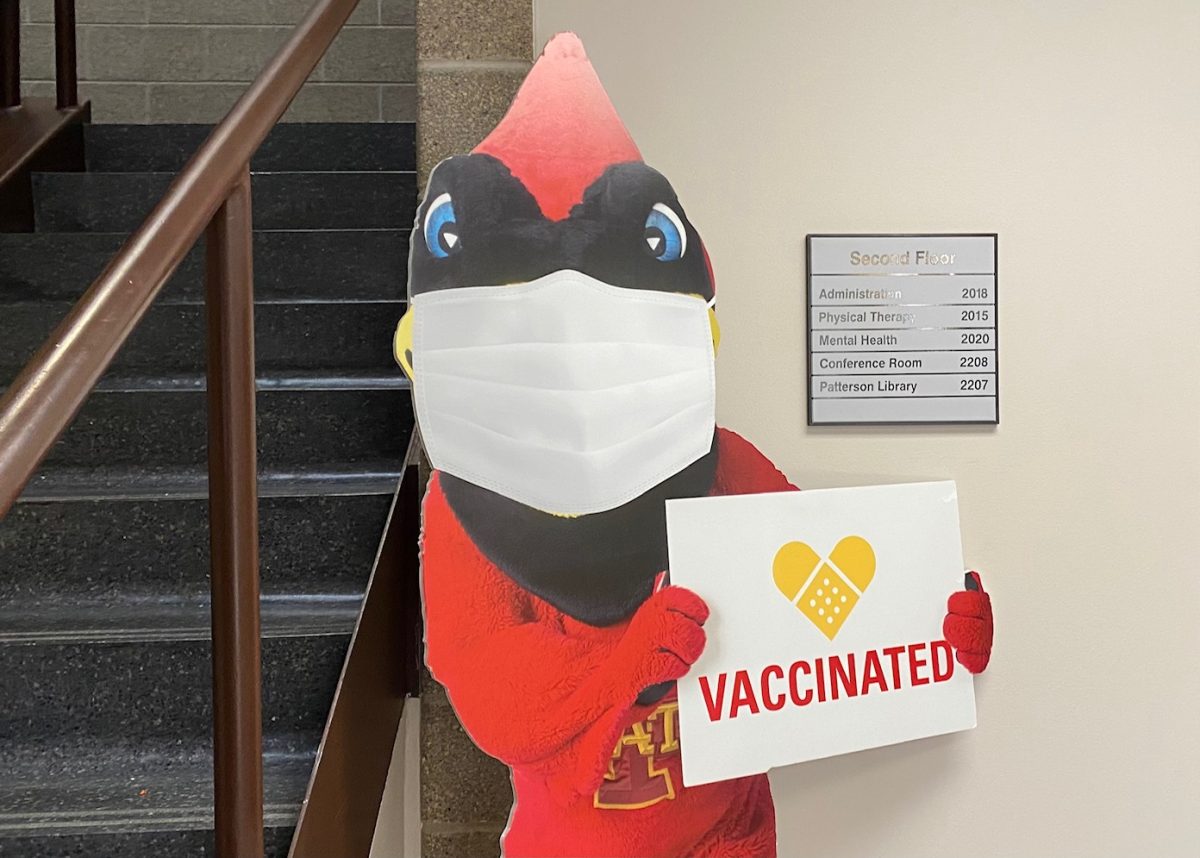Clothesline Project airs ‘dirty laundry’ of violence
November 18, 1999
A woman’s T-shirt hung ripped to shreds, symbolic of the time she was physically assaulted by her domestic partner. An infant-sized T-shirt hung in memory of a baby who didn’t survive his encounter with domestic abuse.
These images remain foremost in one Iowa State student’s mind as she remembers viewing The Clothesline Project that was displayed on central campus last year.
Julie Wooden, graduate student in interdisciplinary graduate studies, said when she saw these images, they stayed with her.
“When you walk through [the display], they are all very powerful because they are each personal statements,” said Wooden, also the sexual assault services coordinator for the Assault Care Center Extending Shelter and Support (ACCESS).
The T-shirts Wooden saw last year were part of a national program designed to make communities aware of the trauma and reality of violence against women.
The project, which was started in the spring of 1990 by the Cape Cod Massachusetts Women’s Agenda, has spread both regionally and locally. The second annual Ames Clothesline Project will be on display today in the Gallery of the Memorial Union from 9 a.m. to 3 p.m.
“The first time we [brought the clothesline to ISU] was last year. We borrowed a section from the Davenport project because Ames didn’t have a project at that time,” Wooden said. “Any of the shirts we made last year, we kept to start up the Ames project.”
The idea of displaying T-shirts hanging from a clothesline originated in Massachusetts. The project’s founders described the clothesline as a way to “air the dirty laundry” of domestic violence to the public, Wooden said.
“The display is aimed particularly at domestic violence, but a shirt can also be made by a woman who’s experienced other forms of violence. Also, shirts have been made for children, family members or in memory of someone who’s suffered from domestic violence,” she said.
The Ames project is sponsored by the Ames-ISU YWCA, the Margaret Sloss Women’s Center, the Committee Against Violence, the Panhellenic Council, ACCESS and the Sexual Assault Response Team (SART).
T-shirts may be donated to the project today at Room 233 in the Memorial Union, Wooden said.
Wooden also said the colors of the shirts hanging on the line have symbolic meanings determined by the founders of The Clothesline Project.
“The white shirts represent women who have died from violence,” she said. “The yellow or beige represent those who have been battered or assaulted, and the red, pink or orange shirts represent women who have been raped or sexually assaulted.
“The blue or green are for survivors of incest or child sexual abuse, and the purple shirts are for women who have been attacked because of their sexual orientation,” she said.
This year’s display will be a mixture of shirts from women who have received shelter services from ACCESS, ISU students and Ames and Story County community members, Wooden said.
Wooden said because this is the first year for a strictly Ames-based project, the display might be “small yet powerful.”
Sue Randall, shelter operations director for ACCESS, said decorating a T-shirt to contribute to the project is a means of therapy for some victims.
During the shelter’s craft night, Randall introduced the clothesline project to a group of women at ACCESS who were victims of domestic violence.
“We offered making the T-shirts to them so they could use them to contribute to the project or just to express themselves. If they weren’t ready to share their stories, they could just make the T-shirt anyway to express their feelings about their assault,” she said.
Tara Wood, co-chairwoman of the Committee Against Violence, said the project is a way for “survivors of violence, their family members or friends to share a little bit about their experiences.”
The powerful message the clothesline sends is found in the realization that each shirt represents a troubling episode in a person’s life, said Wood, senior in political science.
“I really wanted to put up the project in Ames because each item of clothing represents something traumatic that happened in someone’s life. Sometimes we get complacent about the violence we read about; you think things like this don’t happen in Ames, but they do,” she said.






